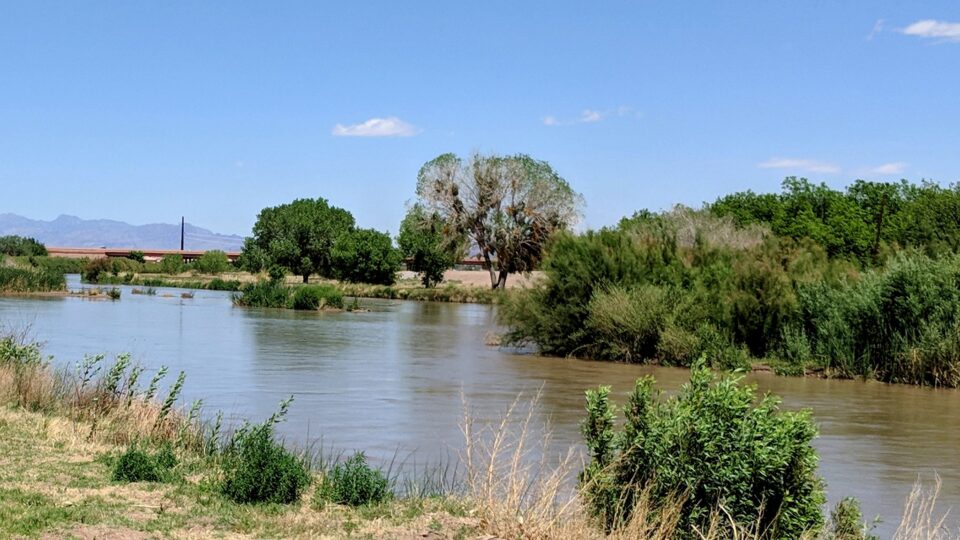El Paso, Texas is part of the Paso del Norte region, which includes Ciudad Juarez in Mexico and Las Cruces, New Mexico. The population on both sides of the border is booming, approaching 3 million people. The region’s primary water source is the Rio Grande River. But that river is declining.
Rising temperatures and decreasing rainfall have led to diminishing flow in the river. Eighty percent of the river’s flow has historically been diverted to agriculture, but the reduced flow of the Rio Grande has forced many farmers to reduce planting or change to less water-hungry crops. The river is expected to continue to decrease its flow as time goes by.
The city of El Paso gets 40% of its water supply directly from the Rio Grande. Urban water authorities in the region are scrambling to find ways to provide cities with alternative supplies of water.
El Paso now gets some of its water from a desalination plant, which is the world’s largest inland municipal desalination plant. The water comes from brackish groundwater rather than from the sea. The briny waste from the plant is piped to an injection well many miles way and is permanently stored 4,000 feet underground.
El Paso continues to seek new water sources and reduce its water use. It gets much of its water from wells drilled in nearby aquifers. It is working to make this use of groundwater more sustainable. The city recycles used residential water through its so-called purple pipe system, which cleans up waste water and delivers it for non-potable use on golf courses and park lawns.
Like many places in the increasingly dry west, El Paso’s water future is uncertain.
**********
Web Links
As Rio Grande Shrinks, El Paso Plans for Uncertain Water Future
Photo, posted April 29, 2018, courtesy of R. Baire via Flickr.
Earth Wise is a production of WAMC Northeast Public Radio



